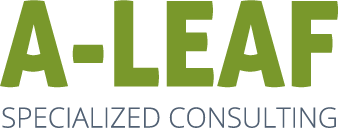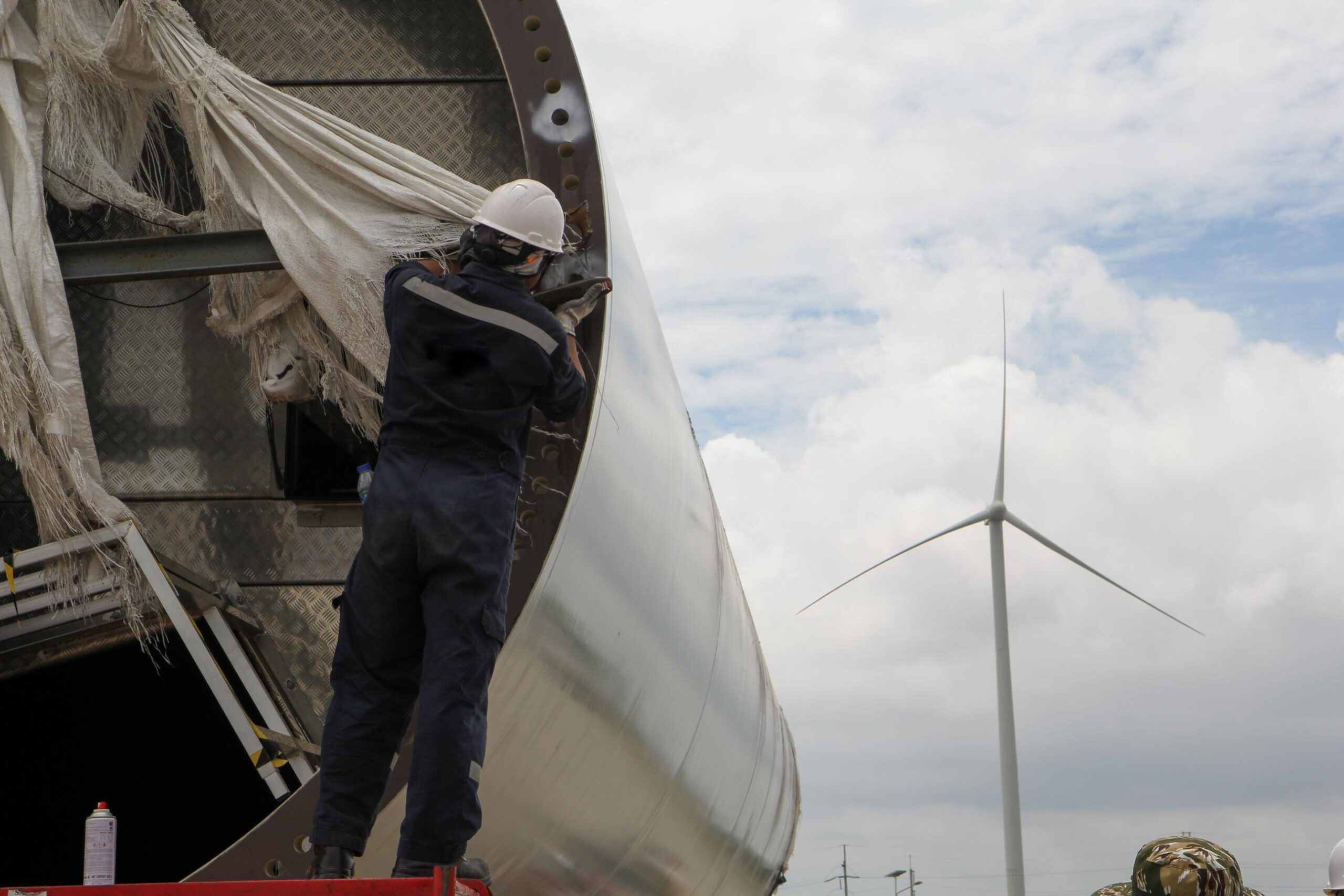In the topic of project management, particularly within industries like heavy steel, wind, and infrastructure projects, ensuring quality throughout the process is paramount. Quality Assurance (QA) and Quality Control (QC) play pivotal roles in maintaining the standards and integrity of deliverables. However, despite their interconnectedness, they represent distinct facets of the quality management process.
Defining QA and QC
Before delving into the nuances, it's crucial to grasp the fundamental definitions of QA and QC.
Quality Assurance refers to the systematic approach taken to ensure that a product or service meets specified requirements and standards. It's a proactive process aimed at preventing defects or issues before they occur. QA encompasses the entire project lifecycle, from planning and implementation to evaluation, with the objective of maintaining consistent quality.
Quality Control, on the other hand, is the process of evaluating the product or service to identify defects or deviations from standards. Unlike QA, which focuses on prevention, QC is reactive and involves inspecting, testing, and correcting deficiencies to meet predefined criteria. QC activities occur during the production phase, where tangible outputs are assessed for adherence to quality standards.


